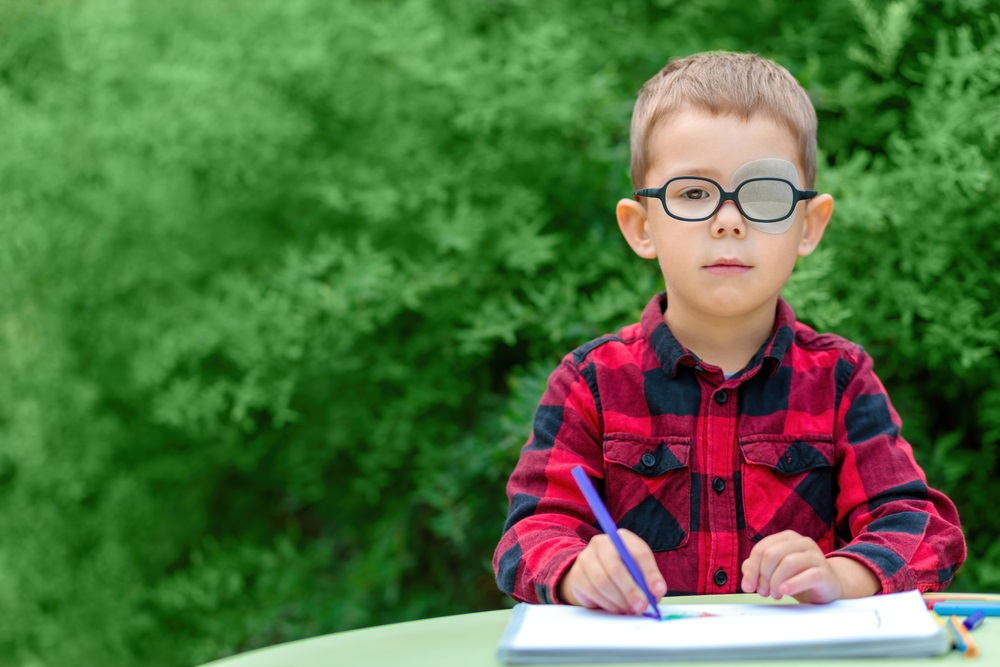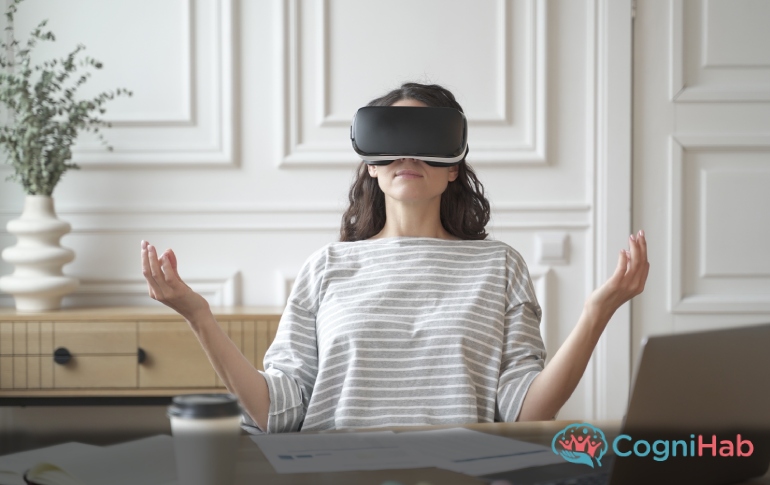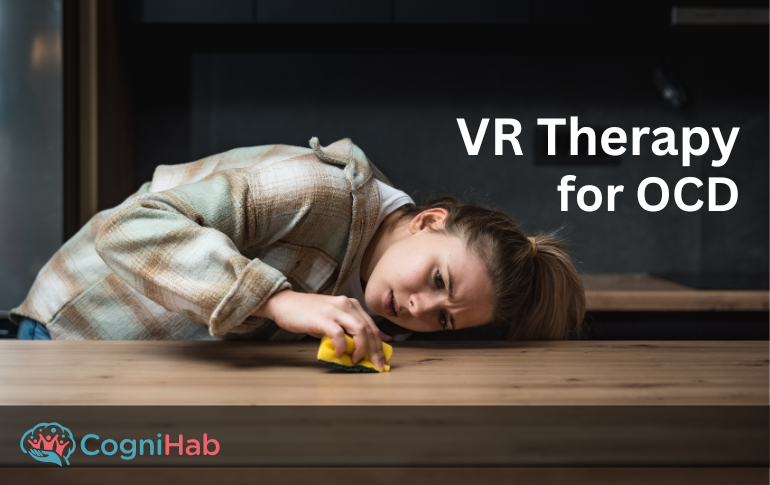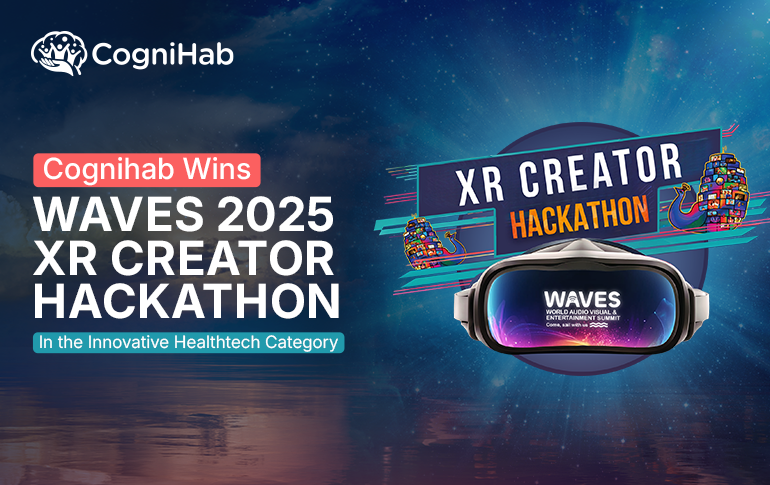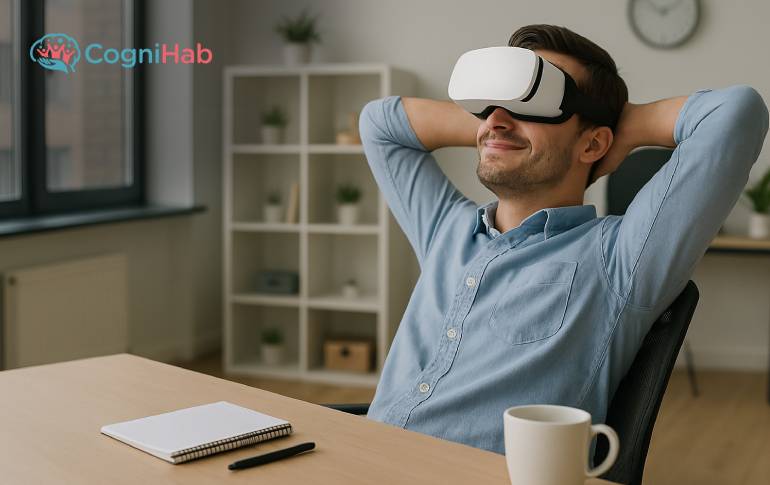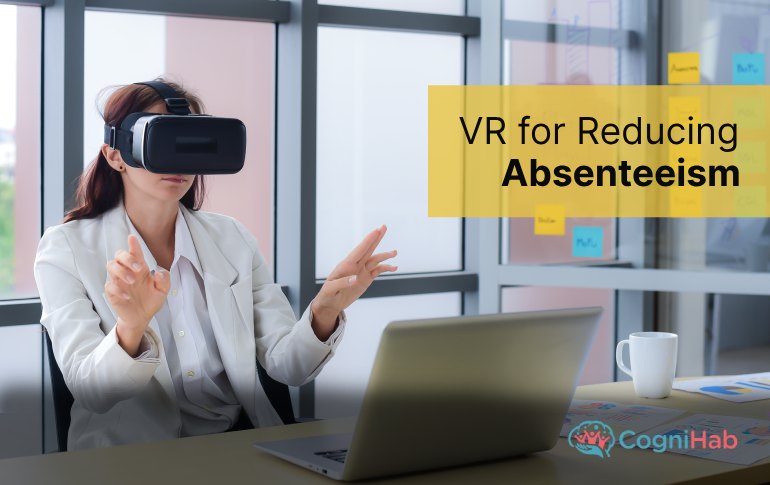7 Amblyopia Exercises to Help You with Better Vision
According to a global survey, there were 99.2 million cases of amblyopia in 2019. By 2030 and 2040, this number will rise by 175.2 million and 221.9 million, respectively. The condition is primarily caused by an imbalance in the eye muscles, but amblyopia exercises can improve vision. Source: karger
Exercises alone are not effective to eliminate the lazy eye. However, other lazy eye treatments such as corrective eyewear, Eye patches or surgery can produce better results. Amblyopia treatment for adults can work better in a combination of other techniques, depending upon the condition of the eyes.
What is amblyopia or Lazy Eye
A person with amblyopia, also known as lazy eye, may experience challenges of reduced vision in one eye. This might be the cause of the infant's abnormal visual development. If you have a problem, one of your eyes may tend to look inward or outward a lot. It typically manifests from birth until age 7, and it is a major contributor to children's declining vision.
Although it is extremely rare, lazy eyes can affect both eyes. A visit to an ophthalmologist is advised because an early diagnosis can aid in treatment. A doctor might recommend patching therapy or suggest eyeglasses or contact lenses correct vision.
Some of the most common symptoms of amblyopia are as below:
- A sideways or inward-looking eye
- No coordination between the two eyes
- Poor sense of depth
- Squinting an eye
- Head tilting
- Problem with vision screening tests
If you notice your child's eye wandering after the first few weeks after birth, you should take them to the doctor. A vision check is especially crucial if you have a family history of this crossed-eye condition.
Amblyopia Exercises
One eye becomes weaker than the other when your brain is unable to give both eyes the attention they deserve. If lazy eye is not treated, it may get worse over time. Amblyopia exercises, in addition to other therapies, can assist you in managing and averting this.
Exercises for amblyopia have many advantages, one of which is that they are excellent for enhancing eye muscle strength. Additionally, they can be used to strengthen the connection between the brain and the weaker eye.
With the guidance of your doctor, you can follow the mention exercises at home.
1. Pencil Pushups
You may use a pencil or any other object with a pencil shape for this exercise. It works best if the pencil or other item has a visual component, like alphabet letters. Use a familiar shape or symbol on the pencil that the child enjoys using for toddlers. Hold the pencil in front of you as you continue. It ought to be held at arm's length. Move the pencil slowly in the direction of your nose to prevent vision haze. Move it far from the nose once it becomes blurry. At first, you can repeat it five times.
2. Coloring within the lines
For kids, the thing that they find most fascinating is color. Coloring is one of the best amblyopia exercises, so if they enjoy it, it will help them see better. Your child must color both on the page and inside the lines, and this is the one thing you must insist upon.
Choose any straightforward coloring book with distinct lines those appeals to you. Put an eye patch over your child's better eye and instruct them to color the shape or object inside the lines. Check to make sure the child doesn't take off the eye patch.
3. Brock String
The eyes can practice focusing on an object cooperatively with the help of this exercise. A Brock string is a white string with a length of 15 feet. A long string with vibrant wooden beads on it that can be moved around can also be used for the same purpose. When performing this exercise, do not wear an eye patch.
Tie a knot in the string at each end, and then attach one of the knots to a doorknob or other stable object. Put three beads of various colors into the string at this point. Keep the three beads separated by a minimum of two feet. Focus your attention on the middle bead for 15 seconds, then the first bead for 15 seconds, and finally the third bead for 15 seconds while holding the string. For an additional 10-15 minutes, repeat this exercise.
4. Dot card
In this exercise, you'll work to maintain dual attention on a dot on a card. Draw some dots on a rectangular card that is made of sturdy paper or cardboard. As you hold the card lengthwise, touching your nose, the line of dots should be directly in front of your face.
Lean the card a little to the side. Take note of the pixel that is located the farthest from you. If your eyes are converging correctly, the dot pattern should resemble an A. You should be focusing on a single, distinct, non-fuzzy dot.
Before focusing on the next dot in line and then the next, hold each dot in focus for a count of five before moving on to the next. An X will form if your eyes continue to converge properly. The dots in the back will double and form a V shape when you get to the nearest dot.
5. Barrel card
This is one of the best amblyopia exercises that is also beneficial for other vision issues like convergence. The barrel card is made up of circles of various sizes that are printed on both sides of the paper.
On one side, there will be green circles, and on the other, red circles. When the card touches your nose, one eye should see red circles and the other should see green circles. Keep in mind that the closest circle should be larger than the furthest one.
Focus on the outermost circle until it is split evenly between green and red. Shift your attention to a different nearby circle. Continue to approach the closest circle. Once you've filled in all the circles on the card, you can try it again.
6. Jigsaw Puzzles
By weighing which piece to the place where and figuring out which piece to use next to help them get one step closer to finishing their puzzle, they encourage kids to use their deductive reasoning abilities. In addition to improving eye-brain coordination, it is a fun option for kids.
With an eye patch on, putting together jigsaw puzzles can help strengthen the weaker eye. Depending on your child's skill level, you can choose from a wide variety of jigsaw puzzle types. Make sure the challenge level encourages positive behaviour rather than frustrates them.
7. Video Games
For those with particular needs, many video games have been specially created. These games demonstrate effective treatment for lazy eyes. The video game Tetris makes claims that it can help strengthen the weaker eye. In addition, there are VR games that enable the user to enter a simulated environment and achieve better results. It might also be advantageous to play video games while wearing an eye patch.
Conclusion
Many options for lazy eye treatment are available as per your condition and a doctor can guide you better. However, amblyopia treatment for adults may be different, as the condition may worsen if do not treat on time.
The aforementioned amblyopia exercises are very effective when used with the other therapies we covered. VR versions of some exercises that will aid in a faster recovery are another option to think about.
Visit the Cognihab website to learn more about virtual reality environments and how they can benefit your condition.


